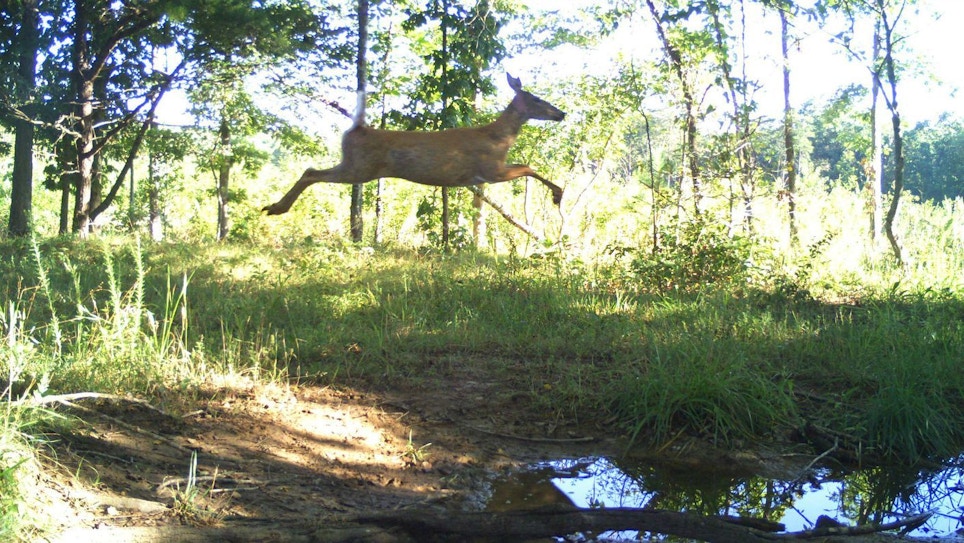Spend enough time in deer camp and the conversation will eventually turn toward great shots made and chip shots missed on whitetails. Someone bragging about top shots will no doubt tell a detailed account of dropping a running whitetail — with one bullet, of course — from 100, 200 or even 300 yards.
Because of my career in the outdoor industry, I’ve been blessed to hunt from Texas to Northwest Territories, for everything from whitetails to caribou. I’ve had the chance to share hunting camp with some of the most respected outfitters, guides and gun writers in North America. Some of these guys would certainly qualify for the moniker of “expert rifleman.”
I mention this because in all my years of carrying a rifle for big game — 42 to be exact — I’ve never seen a clean one-shot kill on a running animal. Yes, I’ve seen running animals knocked down on the first shot, but a follow-up shot was needed to finish the job.
Let’s be clear: I’m not calling anyone who claims to have pulled off one or more clean, one-shot kills on a running whitetail a liar. I agree it’s happened — many times certainly — but not as often as you’re lead to believe from deer camp boasting.
Take Only Ideal Shots
Many times I’ve read articles where the author recommends that you should take a shot on a big game animal if you think you can make it nine out of 10 times. With all due respect to these writers, why nine? Why not eight? Or seven?
If there’s a 10 percent chance of missing — or wounding — a big game animal, should you be shooting? I can answer only for myself: No.
I don’t pull the trigger (gun or bow) on a big game animal unless I think there’s a 99.9 percent chance of killing it with one carefully placed shot. Do mistakes happen? Certainly. Equipment can fail at the precisely wrong moment. Maybe a crow flies low over your head and caws loudly at the exact time your pressing the trigger to the rear. Who knows, stuff happens. That’s why I wrote 99.9 and not 100 percent.
For those riflemen who claim they practice shooting at running whitetails by shooting fleeing rabbits with a .22 rifle, I call B.S. I’ve killed plenty of rabbits with a .22, and waiting for a standing shot is always the smartest decision. In my opinion, wounding a rabbit shouldn’t be taken any less seriously than wounding a whitetail. I’m also confused by the rabbit/deer analogy because a rabbit runs nothing like a whitetail (running speed, direction, style, etc.).
When critters are running or flying, use a shotgun and shotshells filled with the appropriate pellet size for the job. The pattern of pellets is what makes it reasonable — or to use a stronger word, ethical — to pull the trigger on moving game and targets.
Consider this trap shooting hypothetical: If you shot a round of trap (25 clays) with a .22 rimfire (assuming it was safe to do so), your final score would be exactly zero. Maybe you’d get lucky and hit one flying clay target out of 100. Maybe.
The only way to become more skilled at a task is to practice it, but there’s no way to practice shooting at running whitetails without wounding a bunch of them, which is obviously unacceptable.
If a whitetail is running, let it go, no matter the distance or rack size. If it stops and you can identify the range, and you can make the shot 99.9 percent of the time, then take the shot. If not, pass and keep hunting.
When I head into the field, I will shoot at a running whitetail only if I’ve messed up and wounded it with the first (standing) shot. Knock on wood, this has never happened to me, and I hope it never does.
One final thought: Carry a shooting rest (monopod, bipod or tripod) into the field and use it whenever possible. If a deer walks by and stops at 15 yards, feel free to shoot freehand with your firearm, but otherwise use the gun rest.







